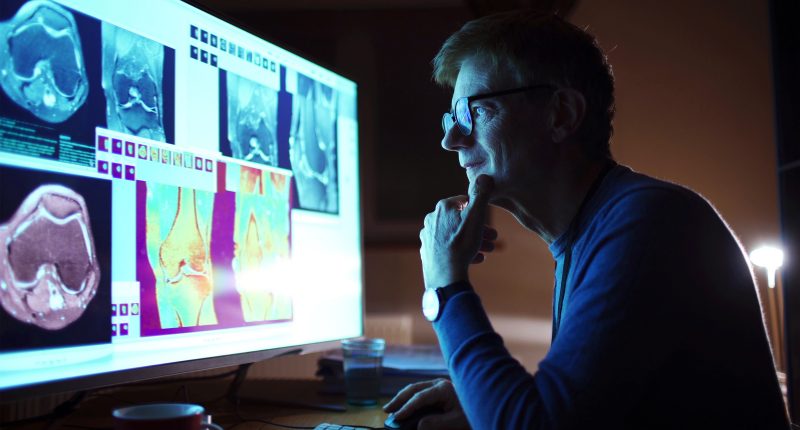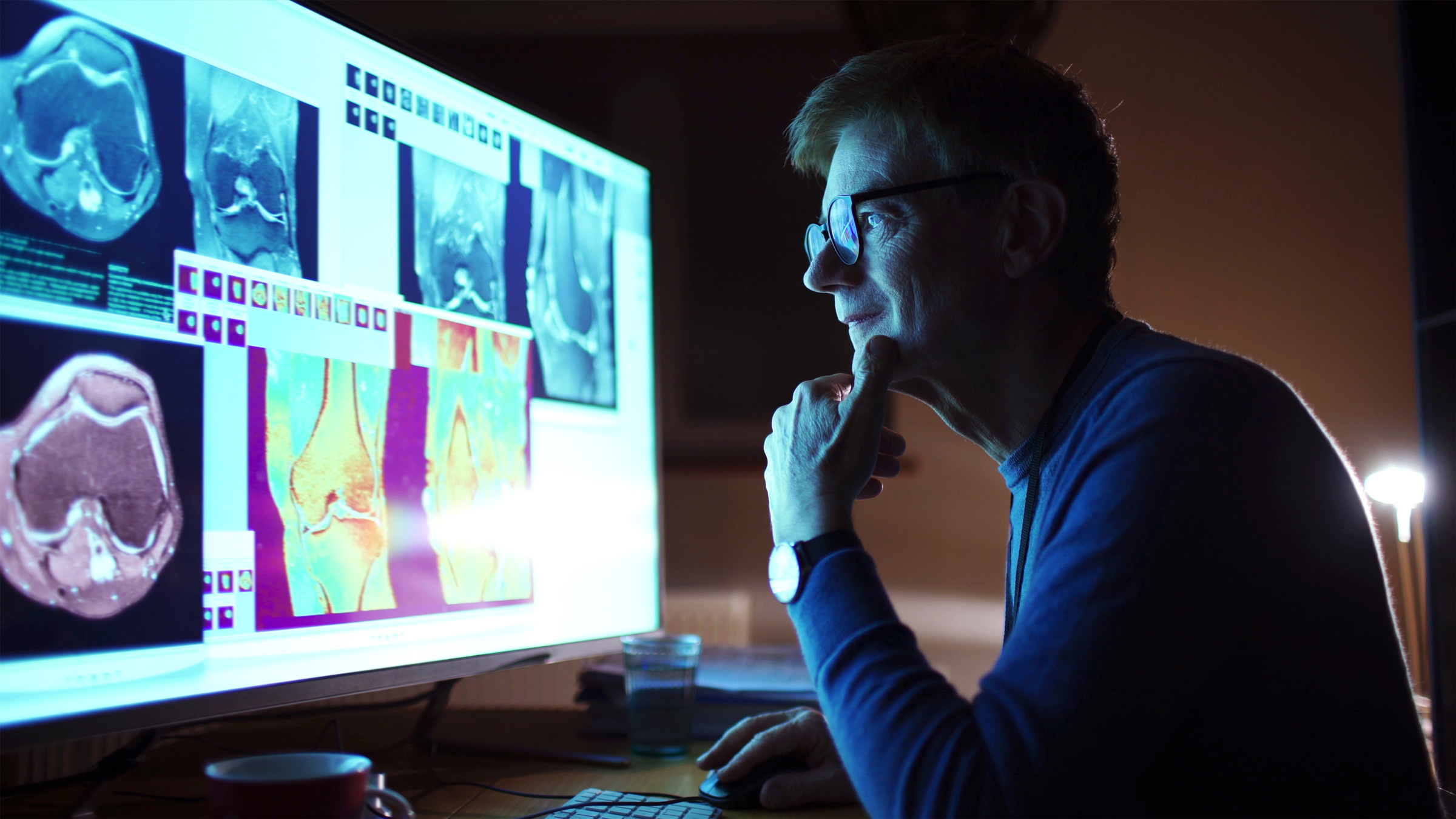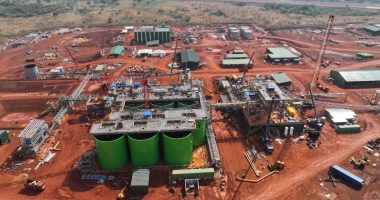Stockhouse investors were introduced to Voyageur Pharmaceuticals Ltd. (TSXV:VM OTC:VYYRF) in a full-length feature article from August 24th. We described Voyageur as “the biotech company perfectly positioned for the New Economy.” Why?
Answering that question starts with the Company slogan for Voyageur: “From the Earth to the Bottle.”
Voyageur Pharmaceuticals is a fully vertically-integrated junior biotech.
In the New Economy, with broken supply chains and regular transportation disruptions/bottlenecks, vertical integration can be the difference between struggling to survive versus being positioned to thrive.
The Company is developing value-added pharmaceutical products that target the multi-billion-dollar pharmaceutical market for medical imaging contrast agents.
On October 31, 2022, Voyageur released some new numbers to plug into the Company’s previously released PEA from February 2022 on Frances Creek that reduced capital costs by 37%, down to CAD$22.5 million.
That October news release also revealed Voyageur’s new “carbon neutral” strategy, along with its move to add “fullerene” as a new supply input (and value creator). The news was covered in a recent article from The Market Herald.
Voyageur announces carbon-capture strategy and upgrade to supply chain
These “contrast agents” are necessary inputs for medical scans such as CTs and X-rays. They are perhaps more commonly known as radiology drugs.
The global market for radiology drugs was already estimated to be a US$4.7 billion dollar market in 2021, projected to reach $7 billion by 2028, at a CAGR of 7.7%.
That’s a very robust niche in the pharmaceutical sector. Yet the North American market for these radiology drugs is dominated by a few large multinational players. One company, Bracco Imaging, has a virtual monopoly over barium sulphate contrast agents.
Why are no more competitors in North America for this lucrative market for radiology drugs?
The primary barrier is not being able to source the critical raw materials for these barium, iodine and gadolinium-based contrast agents at economically competitive prices.
Enter Voyageur Pharmaceuticals.
Voyageur’s business model is to be its own low-cost supplier of barium and iodine and then leverage that competitive advantage into a dominant market share in the radiology drugs market.

With respect to barium-based contrast agents, barium comes from BaSO4. But (outside of China), there are virtually no known deposits of the natural high-grade BaSO4 that are needed to refine this raw BaSO4 into a pharmaceutical grade.
An enormous competitive advantage in radiology drugs
Voyageur’s high-grade Frances Creek barium deposit is the only known deposit of high-grade BaSO4 in North America. We explained the importance of this in our previous feature on Voyageur.
Without natural high-grade BaSO4 as input for barium-based contrast agents, the only alternative is synthetic BaSO4. Prices for synthetic BaSO4 are sky-high.
Voyageur’s recent PEA estimates production costs for Frances Creek’s BaSO4 at CDN$538/tonne (USD$421/tonne). Current prices for synthetic BaSO4 are 13 – 41 times higher.
An enormous competitive advantage.
Frances Creek is an 838.6-hectare property comprised of three mineral claims. The property is located 28 km northwest of Radium Hot Springs, British Columbia. Voyageur Pharmaceuticals holds a 100% interest in this property, subject to a 3.5% GSR in favour of Tiger Ridge Resources.
Voyageur’s Frances Creek BaSO4 deposit doesn’t merely allow the Company to meet the supply barrier to entry in manufacturing radiology drugs. It raises the bar for other competitors.
This leads us to yet more important news for Voyageur Pharmaceuticals. On September 22, 2022, the Company announced submitting its “notice of work” to extract 2,000 tonnes of high-grade BaSO4 from Frances Creek..
CEO Brent Willis explained the details to investors here.
We are currently sourcing financing to build our pharmaceutical barium and iodine contrast plant. By having a notice of work to extract 2000 tonnes, will allow Voyageur to begin generating revenue once the plant is ready to turn the key.
The 2,000 tonnes in year one of BaSO4 that Voyageur is seeking to extract from Frances Creek will not require any major environmental review due to the small-scale trench sample as this is an on surface vein and the size of the proposed work is a small sample under mining guidelines operations. A small surface quarry will then be developed during 2024, where Voyageur will increase its production.
Small-scale mining, but with a big payoff at the end of the road.
Voyageur’s high-grade BaSO4 advantage
CEO Willis can see that the market has yet to connect the dots on the upside potential of Voyageur’s vertical integration and positioning in the radiology drugs market.
He sees these news releases from Voyageur as the next step in generating a rational valuation for a Company whose Frances Creek Project (alone) already had an NPV of CAD$344 million.
“Voyageur is moving forward to create the value stated in the PEA by beginning the production of the Frances Creek barite. In addition, our new carbon drug development program with Rain Cage Inc will allow Voyageur to add even more value once we commence our first phase of a drug trial on these new innovative carbon drugs for the radiology market. We continue to build more value for our shareholders, and we are excited about the many milestones we will complete in 2023.”
At its current level of development, the Frances Creek deposit has an NI 43-101 indicated resource of 62,745 tonnes of BaSO4 and an inferred resource of 69,230 tonnes.
These 2,000 tonnes of BaSO4 alone will provide Voyageur with years of supply for its barium-based contrast agents. Voyageur’s low cost for this primary input implies the potential for high margins.

As noted, Canadian licensing to manufacture and sell these barium-based contrast agents has already been obtained from Health Canada. The Company is well-advanced in obtaining its U.S. approval from the FDA in 2023.
Then Voyageur Pharmaceuticals will have access to the full North American market for its low-cost/high-margin barium radiology drugs, with the potential for full global distribution.
Licensing in place. Mining permit coming in the near term.
That’s already powerful motivation for investors to jump into this stock before the market increases its valuation.
However, as noted in our first article on Voyageur Pharmaceuticals, this isn’t even where the real blue-sky opportunity is for investors.
The massive market for iodine-based radiology drugs
Currently, the market for iodine-based medical imaging contrast agents is roughly 10 times as large as the market for barium-based radiology drugs.
As with the barium-based contrast agents, once again, a major barrier to entry is being able to source the iodine itself at a competitive cost. Global iodine supplies are currently at critical levels.
Voyageur is well-placed to supply this market in the long term with their ULI property in Utah, an iodine mineral brine project that contains 450ppm at 800m from their claim. The Company have also identified multiple resources located in areas where they deal directly with landowners for access to a well-established production area.
Success in launching Voyageur’s barium radiology drugs will provide the cash flow necessary to finance iodine plant construction.
In the meantime, the Company is employing the same strategy to gain entry into the iodine radiology drugs market as it has done with barium radiology drugs.
Voyageur plans to purchase its own supply of raw iodine. When the barium manufacturing facility comes online, it will have full capacity to produce iodine-based contrast agents.
This will allow Voyageur to commence the process of obtaining its North American licensing for the manufacturing and distribution of these iodine radiology drugs even before plant construction is underway to become fully integrated.
The biotech David is ready to compete with the Goliaths
When investors look at junior biotech stocks, they are almost always seeking companies that are developing some new drug or device. This is because junior biotech companies aren’t supposed to be able to compete with global multinationals in mature, multi-billion-dollar pharma markets.
Voyageur Pharmaceuticals is in the process of turning this conventional wisdom upside-down.
Voyageur isn’t planning on merely “competing” with the majors in North America’s radiology drug market. The Company intends to take market share here – as the new low-cost supplier of medical imaging contrast agents.
With its progress on the Frances Creek Project and an exciting new carbon-capture strategy, Voyageur Pharmaceuticals is going to start making believers out of a lot of biotech investors.
For more information visit Voyageur Pharmaceuticals.
FULL DISCLOSURE: Voyageur Pharmaceuticals is a client of The Market Herald.





